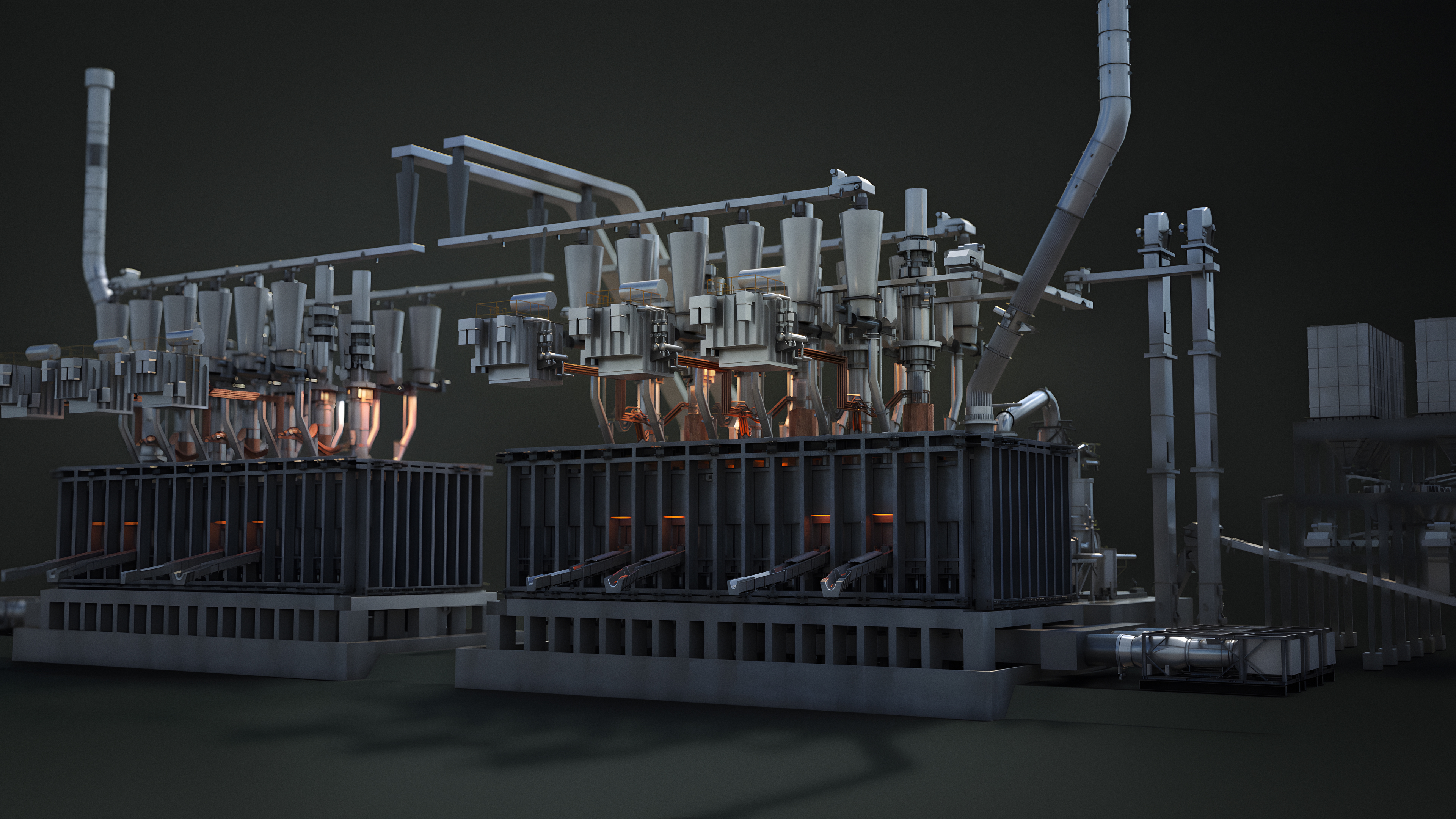Currently the net-zero pledges of countries, cities, businesses, and other institutions fall short of what is required. This puts extra pressure on the biggest emitters: countries and industry sectors. The iron and steel industry are significant emitters of CO2, accounting for about 8% of the global CO2 emissions. The total CO2 emissions from the steel sector have risen since 2015, before stabilizing in 2019. The direct CO2 emissions intensity of steel production has been broadly flat since 2015. Both should fall by 3% each year, to be on track for net zero by mid-century.
Steel is a vital material required to meet the social and economic needs of society. As societies develop and populations grow, they invest in infrastructure that increases the demand for steel. Steel production peaked in 2021 but then slightly declined due to the perturbations in the Chinese construction industry. As a result, a flat growth rate can be expected in the near future. However, in the longer term, the megatrends are pushing an increase in steel production. In 2023, steel production was 1900 million tons, and it is forecasted to be between 2000-2500 million tons in the long term.
Steel production is on the rise, and a considerable number of high-emission blast furnaces are coming on-line. As a result, the sector’s CO2 emissions are increasing, and the net-zero trajectory seems unattainable. The project pipeline for primary near-zero emission projects has increased to 13 Mt and the amount of near-zero-capable primary plants has increased to 58 Mt. However, the latest analysis suggests that over 100 Mt of near-zero emissions ironmaking production is required by 2030, representing a gap of 50 Mt, assuming that all capable projects move to near-zero emissions in the near future.
The steel sector is under growing scrutiny from societies, funders, customers, and the public who have committed reducing emissions. Similarly, iron ore mining companies have mobilized to reduce their Scope 3 emissions, which requires the steel industry to lower its emissions. This generates momentum for the industry to decarbonize. Governments need to help by implementing different policies to accelerate the transition: create a market for near-zero emissions steel, support demonstration of near-zero emissions steelmaking technologies, as well as facilitate the development of supporting infrastructure and track the progress and improve the data collection.
The steel industry has identified three separate ways to reduce CO2 emissions: efficiency improvements in steel making, increasing the use of scrap in production, and break-through process innovations. These approaches have different impacts and varying maturity.



